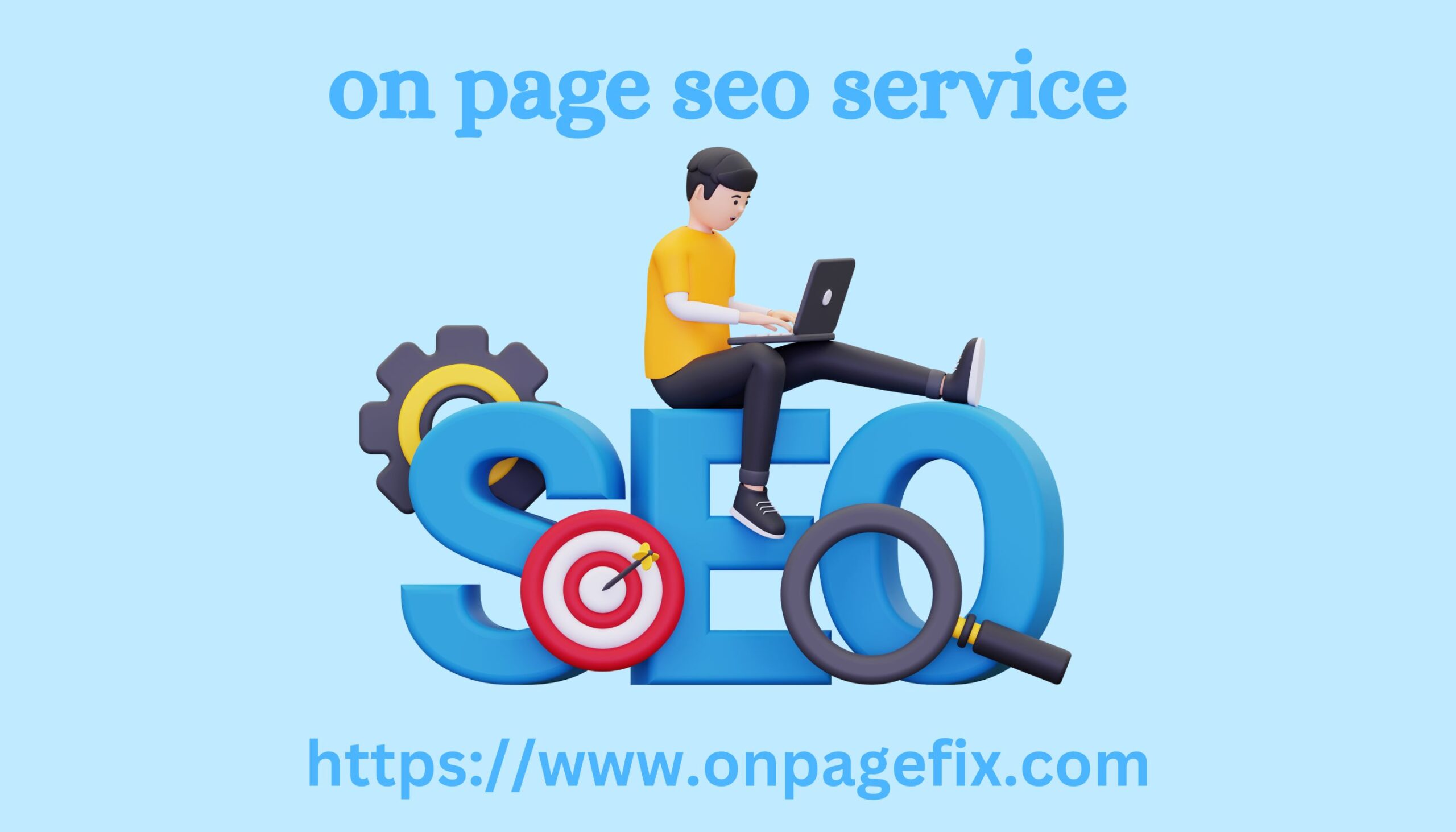|
|
The number one factor for successful sales on Etsy? Listing! It’s not only designed to introduce potential buyers to your product, but it also directly impacts rankings. While the specific details of Etsy’s algorithms are a trade secret, there are a few general principles that affect your shop’s position on the platform:
the presence of correctly selected keywords and tags;
the relevance of your listing in the context of the buyer's request;
number of positive reviews and overall rating;
sales volume and turnover;
updates and activity;
delivery methods, delivery times and cost.
Let's take a closer look at the first point - the correct selection of keywords and the use of tags. We'll also look at the typical mistakes newbies make when filling out product cards on Etsy and general information about their business.
How to Properly Collect and Use Keywords to Optimize Your Etsy Listing
The easiest way to find relevant (suitable, appropriate, correct) keywords is to use external tools such as Google Keyword Planner, Ubersuggest, Etsy Rank, and others.
It would also be a good idea to study the listings of successful on page seo service competitors to determine what words they use in titles, descriptions, and tags and how they distribute them between these categories.

Equally powerful results can be obtained by researching Etsy search queries: pay attention to the tips and the “Search Activity” section on the results page.
Another great method is to analyze reviews and questions from customers about similar products. Pay attention to the phrases and words that users use to describe and search.
We enter all the results into a table, supplementing them with synonyms and variations. The following template will help you write a selling optimized title:
Approximate algorithm for creating a Title
Main key (what we sell): lamp/table lamp/night light Features: personalized/magic/Turkish/hand-embossed Characteristics: made of wood/epoxy resin/stained glass/USB connector/chicken-shaped/green Additions: gift for a boyfriend/for a child's room, etc.
We use the remaining keys from the table in the product description and as search tags.
Mistake #1 in Creating a Successful Store: Ignoring Available Fields
Many new sellers don't understand why they need to fill out an owner profile or waste time creating a Shop Title and Announcement.
Meanwhile, this is literally the "face" of your store in search results. That is, these fields will be perceived by Google systems as meta tags, and it is by them that a potential buyer will decide whether your page is worthy of his attention.
So writing “welcome to my shop” or something similar is a really bad idea. It does NOT sell, it does NOT attract, it does NOT grab the customer’s attention. To make the description really work and perform its functions, use keywords (but do not write the name of the shop — Etsy will insert it automatically).
To see your storefront from the user's perspective, type your store name into the address bar at etsy.com/shop/ and try to assess how attractive it is and whether it encourages a purchase.
Error #2: Not enough tags
Even if you are sure that your buyer will search for you by a specific word, you should not ignore the opportunity to add others. Firstly, user queries may change depending on trends. Secondly, this way you will give the opportunity to find your store to a wider range of potential buyers. Therefore, competent optimization of listings includes using the maximum number of tags allowed.
Example: your main keyword is “scarf” and you are not sure that 90% of customers find you by it. But people can also search for similar products by the query “snood” or “stole”. And you lose that part of the audience that does this.
Plus, “knitted product” can be added to the tags. This way, we will get a chance to be seen by those who are looking for something in the handmade category, but have not decided on the product format.
Mistake #3: Not having the things that customers value
Any listing in an online store is a replacement for the seller. And the buyer does not always make decisions based only on characteristics and prices.
Therefore, in order to sell, the description must cover all the important points that the client wants to know before buying. For example, the speed of delivery and its cost. Or the possibility of receiving discounts. Or non-obvious ways of using. Or rules for caring for the product, etc.
By covering such questions/objections, you will make the listing many times more effective and are guaranteed to increase sales.
Important: Please note that Etsy may change its rules and algorithms from time to time, so please stay informed and update your listings to meet the platform's requirements and expectations.
|
|